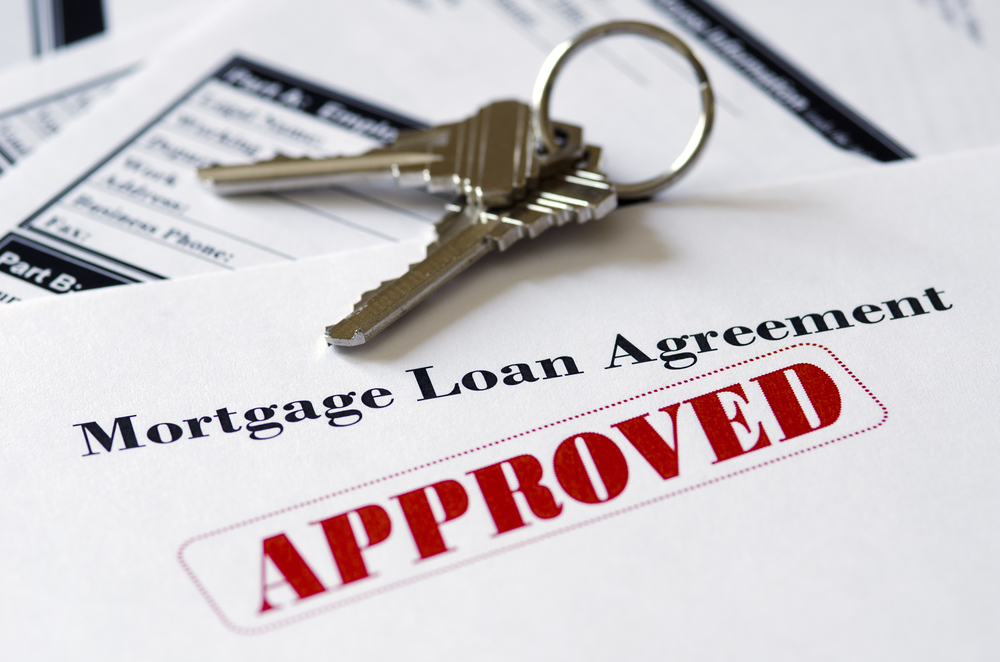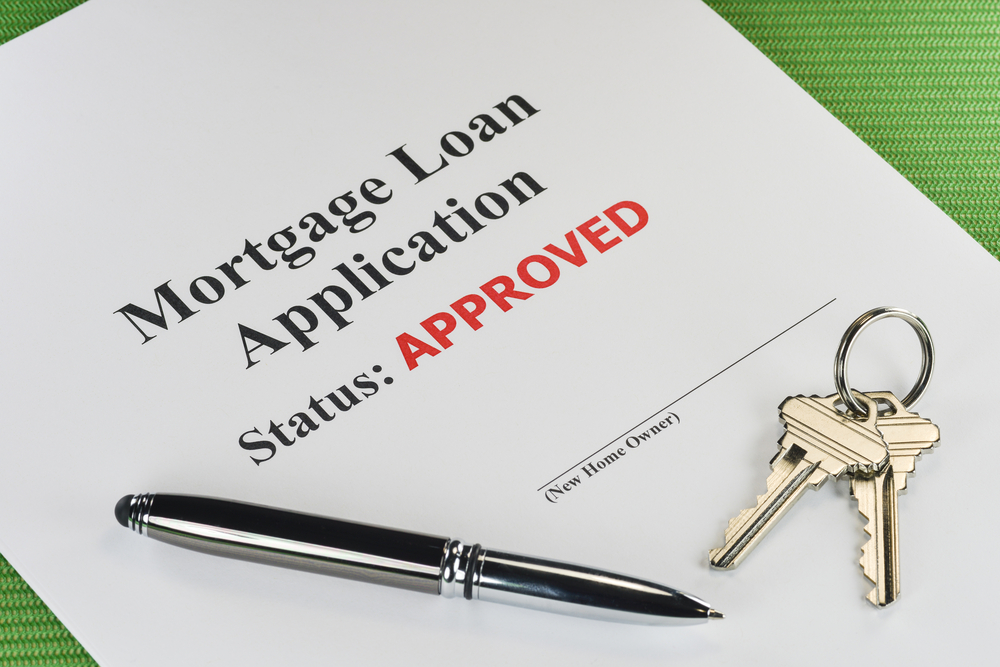Some home buyers choose a fixed-rate mortgage in order to make regular, steady payments. But this isn’t the only option. You can also choose an adjustable rate mortgage (ARM), which features a fixed interest rate for a set number of years, followed by an interest rate that changes year-to-year based on the market. There are several options for an adjustable rate mortgage, with the 5/1 ARM being one of the most popular.
This type of mortgage has a fixed interest rate for the first five years of the mortgage term. Every year thereafter, the interest rate resets. With each adjustment, your rate may decrease, increase, or remain the same. Fluctuating rates can have a tremendous impact on monthly payments, so this option may not be right for everyone.
Here’s what you need to know before agreeing to a 5/1 adjustable rate mortgage.
- Who can benefit from a 5/1 ARM?
Some people avoid adjustable rate mortgages because these loans are riskier than other lending options. However, an adjustable rate can be beneficial in certain situations.
An interesting feature of ARMs is that the interest rate during the fixed-rate period is typically lower than the interest rate on a 30-year fixed-rate mortgage. With that said, a 5/1 ARM might be an option if you need to keep your mortgage payments as low as possible, at least within the first five years of getting the loan. This can benefit first-time home buyers who want to lower their expenses. In addition, a lower interest rate helps borrowers get more house for their money, while keeping payments within an ideal range.
But a lower interest rate isn’t the only reason to choose a 5/1 ARM. These mortgages are more suitable for buyers who will live in their homes for five years or less. This could apply to home buyers in the military who know their family will move within the next few years. These buyers can purchase a home, enjoy a lower rate for the next five years, and then move before their rate resets.
Additionally, a 5/1 ARM might work if you expect your income to increase in the future. One benefit of an adjustable rate mortgage is that these loans feature rate caps, which limit how much the interest rate can increase from year to year, as well as how much the rate can increase over the life of the loan. If you run the numbers, understand the worst-case scenario, and feel you can swing higher possible payments in the future, a 5/1 ARM isn’t as scary or risky. On the other hand, if you doubt your ability to manage potentially higher mortgage payments in the future, you’re probably better off with a fixed rate.
- Who won’t benefit from a 5/1 ARM?
Some people who don’t foresee relocating or receiving an income increase within the next five years may also select a 5/1 ARM. This is a gamble. In their minds, they can enjoy a lower interest rate today, and then refinance to a fixed-rate mortgage in five years before their rate resets.
This plan makes sense in theory. But there are no guarantees that they’ll be able to refinance from a 5/1 ARM to a fixed-rate. Refinancing a mortgage requires applying for a new home loan and re-qualifying. The lender will verify income and credit, and if a borrower’s income decreases after getting the original mortgage, or if his credit score drops, this affects qualifying for a refinance and getting a favorable interest rate.
If a borrower is unable to refinance and can’t afford their new payment after a rate adjustment, there’s the risk of payment problems, which can damage his or her credit score. There’s also the risk of losing property and equity.
So, if you’re in the market for a home loan, be sure to review all your options. Know your risks and talk to a financial planner if necessary – you never know how much you might actually save.
See our official Top 5 List of Mortgage Lenders to lock in your low mortgage rate today.








